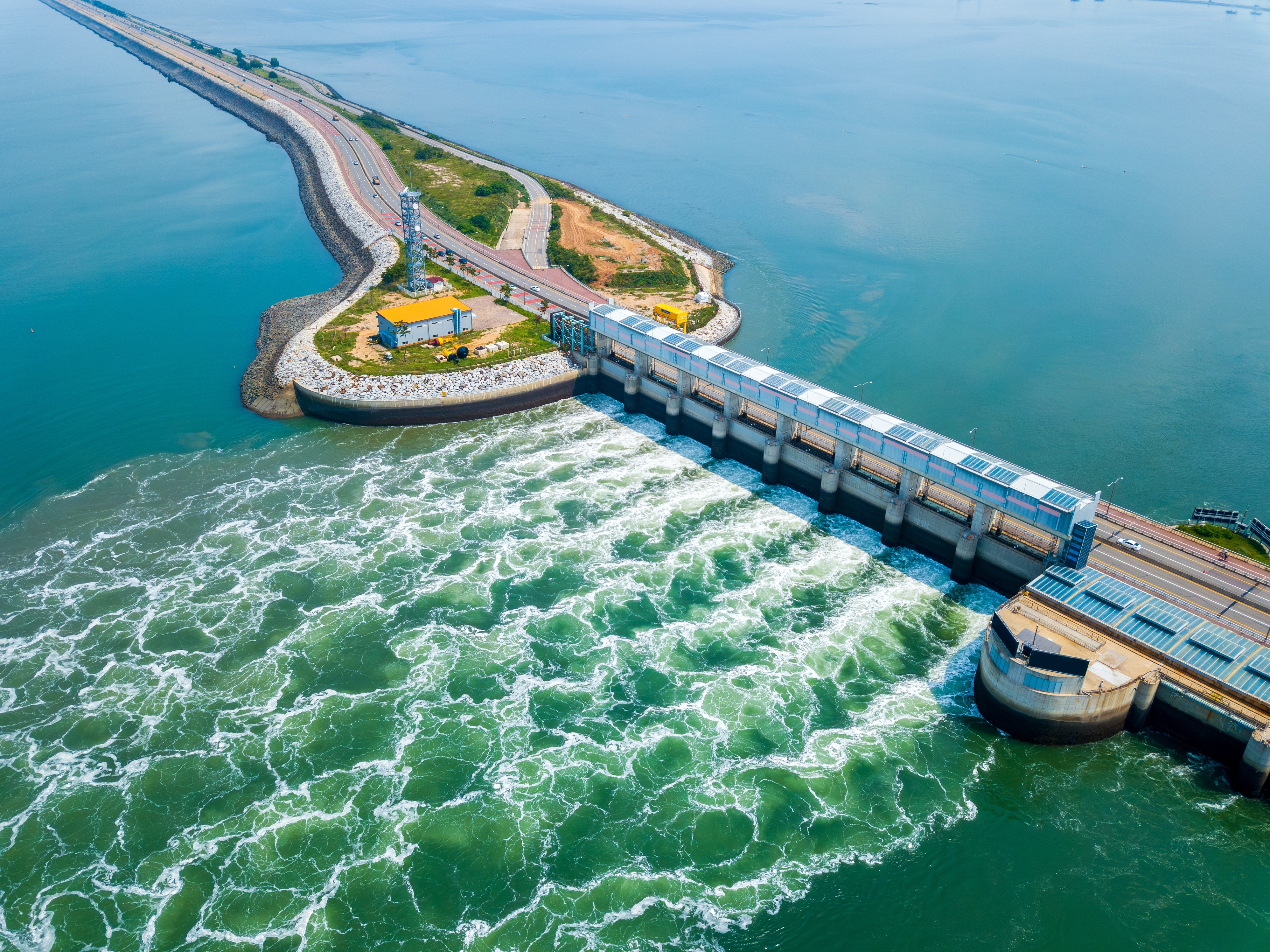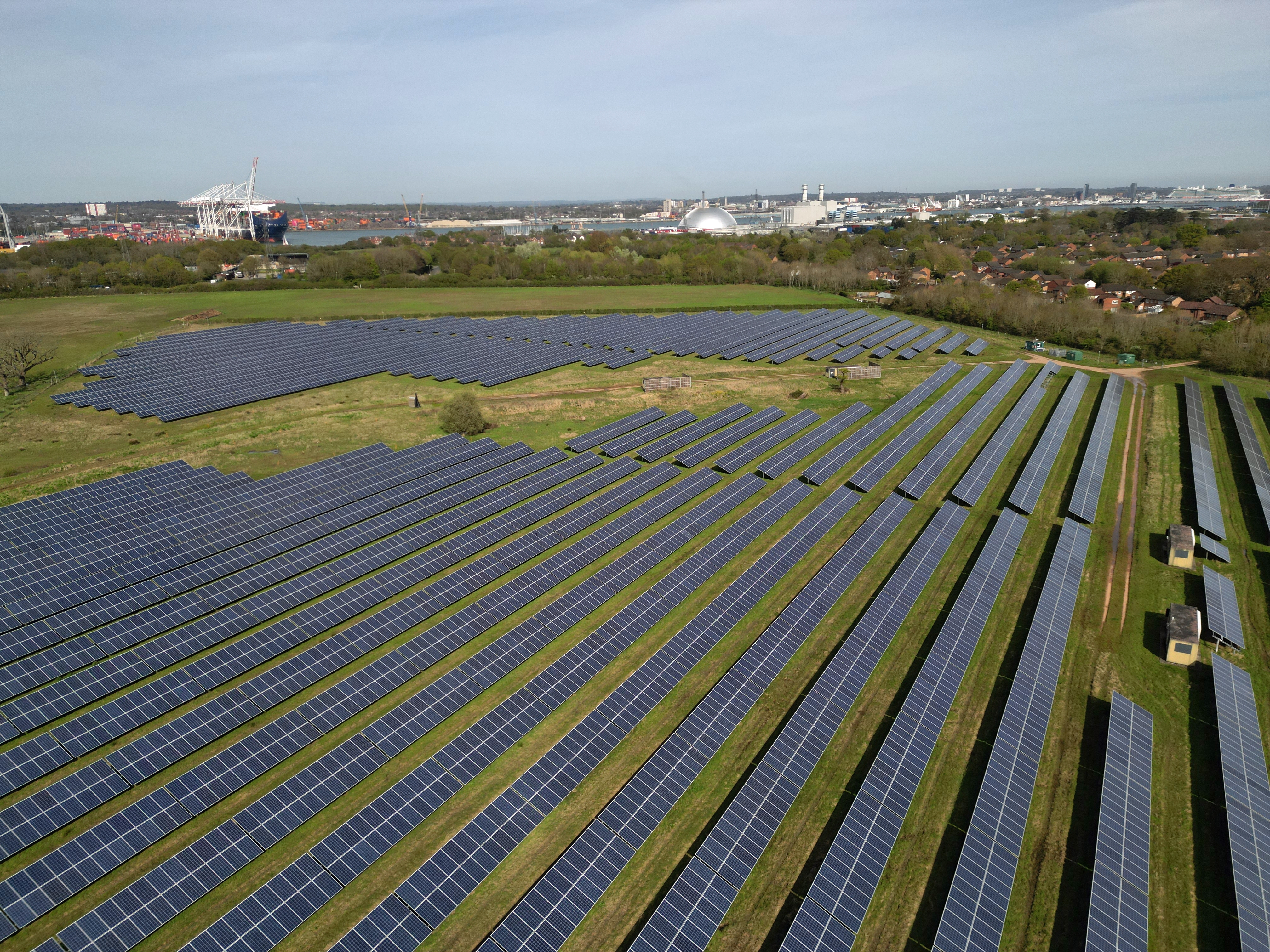While every other energy technology warrants huge amounts of attention and coverage (and even controversy), the massive potential for tidal energy here in the UK (particularly on the Severn Estuary) goes entirely unremarked, month in, month out. DESNZ ignores it; environmental NGOs won’t touch it with a barge pole; journalists remain indifferent, and there are only a handful of academics who keep raising the flag for it.
Which I guess explains why the final report from the Severn Estuary Commission (published in March this year) has been out of the public eye after a short-lived spasm of media interest. It didn’t help, of course, that the Western Gateway Partnership (made up of its 28 Local Authorities on both sides of the estuary) which had caused the Severn Estuary Commission to be set up, ceased to exist soon after as part of Labour’s reorganisation of local government.
If I was Andrew Garrad, the Commission’s Chair, or any of his hard-working colleagues, I’d be getting just a little nervous about what’s going on in Whitehall. The report is a serious piece of work, carefully drafted to steer a middle course between the implacably hostile and the resolutely enthusiastic (amongst whom I continue to number myself!) to ensure that its recommendations would at least be given due consideration.
And so they have been — by the West of England Mayoral Combined Authority (WECA) and the Cardiff Capital Region, which have agreed to work collaboratively to progress the Commission’s report, and to examine the feasibility of setting up a public sector delivery vehicle. Just last month, WECA published its 10-year Growth Strategy, with tidal range right up there amongst its top priorities.
Support for tidal energy has always been far stronger in Wales than in England, and that remains the case today — particularly as concern for the impact of vast new onshore wind farms in Powys and elsewhere continues to grow. So it’s no surprise that it’s DESNZ that is dragging its feet, with just one entirely tokenistic response to the Commission from Ed Miliband, Secretary of State, justifying that procrastination on the fact that the National Energy System Operator is in the process of producing its own ‘Strategic Case for Tidal Range’.
And as for all those NGOs with real skin in the Severn Estuary game, all we get is the same craven ‘nothing to see here’ idiocy. The RSPB’s website, for instance, trots out the same miserable nonsense that it did 15 years ago. For them, the tidal taboo would seem to be as virulently effective as it’s always been.
But why? Apart from the fact that the Commission was far too cautious (in declining to recommend a full-on barrage over the Severn, opting instead for the second-best potential of tidal lagoons), most of its principal conclusions are entirely sound and uncontroversial: that a potential 9 GW of clean, totally predictable electricity from the Severn (roughly 7% of current electricity demand) could be developed over the next few years, using turbines that will be able to generate on both the ebb and flood tides. This would provide electricity for at least 120 years, and (unlike nuclear power) would leave no major waste management legacy at the end of that time. By using a Regulated Asset Base method for financing, taxpayers would get extraordinary value for money over the very long lifespan of any new tidal asset.
And the recommendations themselves were strong:
- that a comprehensive Environmental Impact Assessment needs to be urgently commissioned by DESNZ, looking at both a barrage and lagoons.
- that the government should bring forward plans for a ‘Commercial Demonstration Project’.
- that the Government should immediately commit to developing a new National Policy Statement for tidal energy.
Let’s just drill down into the first of those recommendations, without which the likelihood of any serious progress being made over the next few years is very remote.
You’d think we might already have all the environmental data we need given that the vision for harnessing the stupendous power of the Severn Estuary has been under consideration for more than 100 years! In fact, the data available to the Department of Energy and Climate Change (DECC) back in 2010 (when hostile, Treasury-dominated officials crashed the prospects for tidal power with a ludicrously shoddy and biased report) were wholly inadequate even 15 years ago.
Not least the ‘working assumption’ that the average sea level rise by 2100 would be ‘no more than 0.5 metres’ — whereas we now know that it will be not less than one metre. This single data point changes everything. Literally!
- At ‘no more than 0.5 metres’, DECC estimated in 2010 that 90,000 properties and 120 ‘key assets’ would be at risk, as well as a significant percentage of the 137 landfill sites in the affected area.
At ‘no less than one metre’, 15 years on, what do you imagine a revised estimate might be?
- At ‘no more than 0.5 metres’, the likely change in the Severn’s massive intertidal areas, and other critical systems like its salt marshes, were deemed to be relatively insignificant.
At ‘no less than 1 metre’, there is universal consensus that the ecological impacts will be dramatic.
- At ‘no more than 0.5 metres’, DECC came to the conclusion that there would be no serious threat to the commercial viability of Bristol Port, (which just happens, by the way, to be one of those players in the ‘implacably hostile’ camp, as a company perversely underpinned by a climate-denying ideology that looks more and more fantastical 15 years on).
At ‘no less than one metre’, I’d love to see Bristol Port’s revised risk register in the event that a barrage isn’t built over the next couple of decades! Bye-bye Bristol Port!
I’m sure Andrew Garrad and his colleagues are still being super-diplomatic in their engagement both with ministers and officials in DESNZ. And I’m sure they’re still hoping, against hope, that both the
statutory bodies involved (particularly Natural England and the Crown Estate), as well as the hitherto hostile NGOs (particularly the RSPB and the local Wildlife Trusts) will decide that this is the moment for them to get proactive — rather than watch the dust start to gather on this particular report just as it has on every one of its predecessors.
They should certainly be greatly reinsured by new research led by Imperial College looking at the impact of tidal projects in France, South Korea and Russia.
“The evidence shows that the ecological story of tidal energy is more balanced than many assume. Changes do occur, most are manageable, and the habitats behind barrages can become wildlife-rich ecosystems. In many circumstances, tidal energy infrastructure has been shown to generate positive ecological effects such as creating new habitats, improving water circulation, and even restoring degraded environments.”
https://www.imperial.ac.uk/news/270053/new-study-challenges-ecological-fears-around
Once and for all, let’s be done with any more ill-informed, deeply prejudiced fear-mongering.
Meanwhile, as readers of this blog will know all too well, more and more billions of taxpayers’ money are being ploughed into our continuing nuclear obsession, with a minimum of £30billion committed between now and the next General Election. Ministers remain as deeply in thrall to the preposterously dishonest projections of Rolls-Royce and the rest of the nuclear lobby as they have always been.
Severn Estuary https://jonathonporritt.com/tidal-energy-severn-estuary-nuclear-vs-nature/
Nuclear blog https://jonathonporritt.com/sizewell-c-flood-risk-and-edf-silence/
21 October 2025






